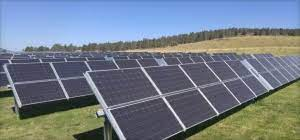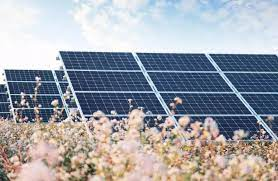Sep. 20, 2023

Building Integrated Photovoltaic (BIPV) systems are innovative solar energy solutions that seamlessly blend with architectural designs, providing both energy generation and aesthetic benefits. However, as extreme weather events become more frequent and unpredictable due to climate change, the resilience of BIPV systems to withstand these conditions becomes a critical concern.

BIPV systems face several challenges when exposed to extreme weather conditions:
High Winds: Strong winds during hurricanes or storms can damage the surface of the solar panels, affecting their efficiency and structural integrity.
Hail and Debris: Hailstorms and flying debris can cause physical damage to solar panels, reducing their performance and lifespan.
Temperature Extremes: Extreme heat or cold can affect the efficiency of photovoltaic cells and potentially lead to thermal stress, which may result in cracks or malfunction.
Heavy Snowfall: Accumulated snow on solar panels can block sunlight and reduce energy production.
To ensure the resilience of BIPV systems in extreme weather conditions, several strategies can be implemented:
Reinforced Installation: BIPV systems should be installed using robust mounting systems and high-quality materials capable of withstanding high winds and impacts. Proper installation is the first line of defense against extreme weather.
Impact-Resistant Coatings: Applying impact-resistant coatings to the surface of solar panels can help protect them from hail and flying debris, preserving their efficiency.
Temperature Regulation: Implementing cooling or heating systems for BIPV panels can help maintain their optimal operating temperature, ensuring consistent performance in extreme temperature conditions.
Regular Maintenance: Routine inspections and maintenance of BIPV systems are crucial to identify and address potential issues caused by extreme weather. Prompt repairs can prevent further damage.
Building Integrated Photovoltaic (BIPV) systems offer a sustainable and visually appealing way to harness solar energy, but their resilience in the face of extreme weather is a key concern. By implementing reinforced installation, impact-resistant coatings, temperature regulation, and regular maintenance, we can enhance the durability of BIPV systems and ensure their continued performance even in the most challenging weather conditions. As climate change intensifies, investing in resilient BIPV technology becomes increasingly important to combat energy challenges while minimizing environmental impact.